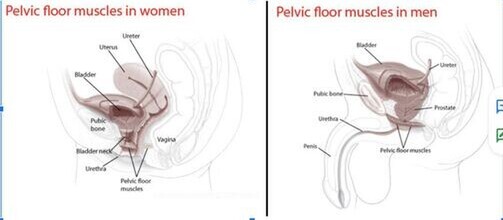THE PELVIC FLOOR The pelvic floor is formed by tissues such as ligaments and pelvic muscles (iliococcygeus, puborectalis, pubococcygeus, coccygeus, ischiocavernosus, superficial and deep transverse perineal muscles).
These soft tissues attach to your pelvis, and more specifically, to the bones at the bottom of the pelvis.
In all people, the pelvic organs include the urethra, bladder, intestines, and rectum.
If you have a vagina, the pelvic floor also consists of the uterus, cervix, and vagina. Function:
Support and prevent the prolapse of the pelvic organs, including the bladder, urethra, rectum, anus, prostate, uterus, cervix, vagina, and intestines;
Urinary continence;
Manages abdominal and pelvic pressures;
Sexual health and function;
Stabilise the hips and trunk, especially when walking and standing.
Disorders of the pelvic floor:
When the pelvic floor muscles are weak or malfunctioning, they lose the ability to fully support the pelvic organs, causing pelvic floor disorders.
These disorders can include urinary or faecal incontinence, urgency urinary incontinence, overactive bladder, and pelvic organ prolapse. They might cause symptoms like pelvic pressure or fullness, frequent urge to urinate or painful urination, lower back pain, difficulties with bowel movements, pain with sexual intercourse, pain in the pelvic region or genitals and pelvic muscle spasms.
Pelvic floor dysfunction can occur with pregnancy, after childbirth, with age, menopause, surgery, repeated heavy lifting, prolonged sitting, sexual abuse, or conditions that create pressure on the abdomen, such as excessive weight, frequent coughing, laughing, or sneezing.
Additionally, certain habits, symptoms, or conditions can contribute to pelvic floor disorders, such as endometriosis, irritable bowel syndrome, interstitial cystitis, and habitual patterns of avoiding or restricting bowel movement.
Fortunately, there are nonsurgical ways to treat pelvic floor disorders and a good option to improve the functionality of this fascia tissue are pelvic floor exercises.
Primary Pelvic floor exercise:
A method to identify your pelvic floor muscles is to imagine stopping the flow of urine and holding in flatus (wind) at the same time.
This can be done lying down, sitting or standing with legs about shoulder width apart.
1) Relax the muscles of your thighs, bottom and tummy. Keep breathing as naturally as possible;
2) Lift and tighten the muscles around the front passage as if trying to stop the flow of urine;
3) (For female) Lift and tighten the muscles around the vagina so they move upwards inside the pelvis;
4) Lift and squeeze in the muscles around the back passage as if trying to stop the passing of wind;
5) The muscles around the front and back passages should lift and squeeze up and inside the pelvis;
6) Then relax and loosen them fully. This is important because the pelvic floor can get too tight if you don't relax it after the exercise and a too-tight pelvic floor can create other issues.
Put this all together so the muscles around the front and back passages lift and then you should feel them squeeze up inside the pelvis.
Hold for up to ten seconds and repeat ten times, three times a day (so a total of thirty, ten second lifts a day).
Remember after a contraction it is important to relax the muscles fully. This will allow your muscles to recover from the previous contraction and prepare for the next contraction.
If you have any questions you can call our practice on (04) 499 1439 and one of our practitioners will call you back.
Best wishes for your practice!
References:
Bi, X., Zhao, J., Zhao, L., Liu, Z., Zhang, J., Sun, D. and Xia, Y. (2013) ‘Pelvic floor muscle exercise for chronic low back pain’, Journal of International Medical Research, 41(1), pp. 146-152.
Eickmeyer, S. M. (2017) ‘Anatomy and Physiology of the Pelvic Floor’, Physical Medicine and Rehabilitation Clinics of North America, 28(3), pp. 455-460.
https://www.healthline.com/health/fitness-exercise/pelvic-floor-exercises#dysfunction
Kahyaoglu Sut, H., & Balkanli Kaplan, P. (2015) ‘Effect of pelvic floor muscle exercise on pelvic floor muscle activity and voiding functions during pregnancy and the postpartum period’, Neurourology and Urodynamics, 35(3), pp. 417-422.
Radzimińska, A., Strączyńska, A., Weber-Rajek, M., Styczyńska, H., Strojek, K. and Piekorz, Z. (2018) ‘The impact of pelvic floor muscle training on the quality of life of women with urinary incontinence: a systematic literature review’, Clinical Interventions in Aging, 13, pp. 957-965.
To find out more about the author Guilia, click here


